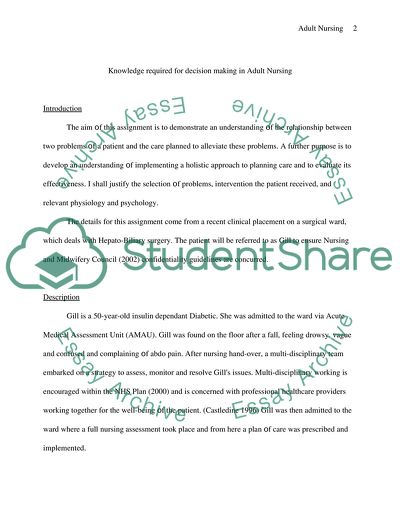Cite this document
(Knowledge Required for Decision Making in Adult Nursing Assignment, n.d.)
Knowledge Required for Decision Making in Adult Nursing Assignment. Retrieved from https://studentshare.org/nursing/1545610-knowledge-required-for-decision-making-in-adult-nursing
Knowledge Required for Decision Making in Adult Nursing Assignment. Retrieved from https://studentshare.org/nursing/1545610-knowledge-required-for-decision-making-in-adult-nursing
(Knowledge Required for Decision Making in Adult Nursing Assignment)
Knowledge Required for Decision Making in Adult Nursing Assignment. https://studentshare.org/nursing/1545610-knowledge-required-for-decision-making-in-adult-nursing.
Knowledge Required for Decision Making in Adult Nursing Assignment. https://studentshare.org/nursing/1545610-knowledge-required-for-decision-making-in-adult-nursing.
“Knowledge Required for Decision Making in Adult Nursing Assignment”. https://studentshare.org/nursing/1545610-knowledge-required-for-decision-making-in-adult-nursing.


